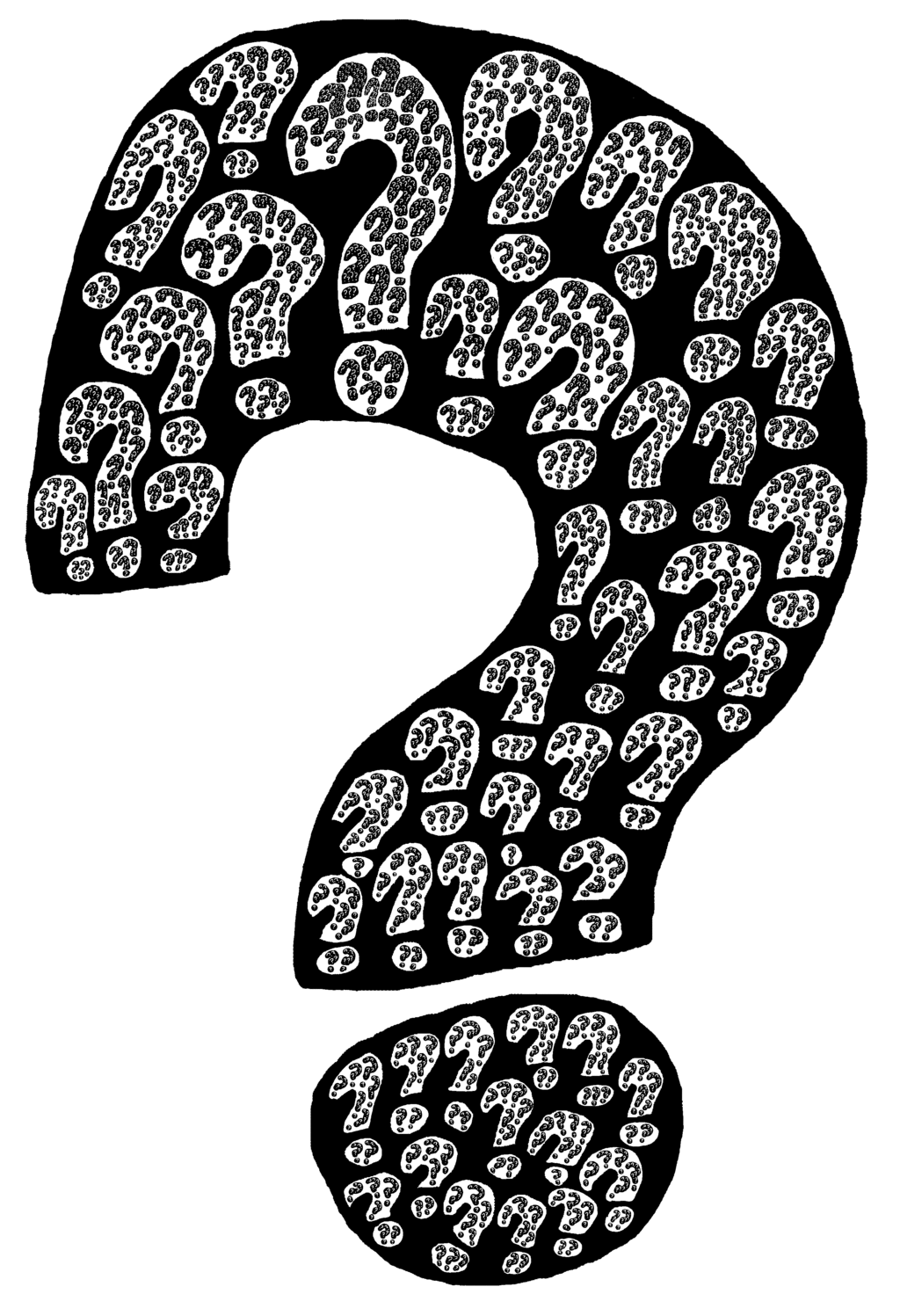Making History Matter Across the Curriculum
26 Avril 2015 - 8:26pm
 While teaching a Grade 9 Geography class last month, I had a student ask me why we were learning about history. We were exploring the question of why First Nations reserves are located where they are, and so I was giving the students some background information about First Nations, Métis, and Inuit peoples in Canada. Her question surprised me - I always look to the past to try to better understand contemporary situations. I believe that we cannot understand the present without understanding the past. I told this to her and we moved on, but I have kept thinking and reading about the purpose of history across the curriculum since then.
While teaching a Grade 9 Geography class last month, I had a student ask me why we were learning about history. We were exploring the question of why First Nations reserves are located where they are, and so I was giving the students some background information about First Nations, Métis, and Inuit peoples in Canada. Her question surprised me - I always look to the past to try to better understand contemporary situations. I believe that we cannot understand the present without understanding the past. I told this to her and we moved on, but I have kept thinking and reading about the purpose of history across the curriculum since then.
In her article “All people are living histories - which is why history matters,” Penelope J. Corfield argues that “[a]ll people and peoples are living histories,” by which she means that individuals and communities live the way that they do because of the languages they inherited, the traditions that others have refined over time, and because of technologies that others have invented. “So,” Corfield argues “understanding the linkages between past and present is absolutely basic for a good understanding of the condition of being human. That, in a nutshell, is why history matters. It is not just ‘useful’, it is essential.”
I think that Corfield’s suggestion that the study of history is essential for students to develop a meaningful understanding of what it is to be human should be the standard that we use when developing history curriculum. Instead of learning names and dates, students should learn about how people, the environment, objects, and circumstances have interacted to create the world that we have today. But I think that it goes further than this. Once our students have a basic grasp of why we are where we are, they can begin to imagine and make a different future for themselves and for the planet. They can make change if they understand how others have worked to make change in the past.
In order for students to really develop an understanding of the human condition, history should not be confined to the walls of the history classroom. Recently, Finland has been in the news because of the government’s decision to move away from a system focused on subject-based learning to one focused on topic-based learning, which will be interdisciplinary in nature. Learning in this way would allow students to gain an in-depth understanding of a particular topic, but there are real challenges in setting up classrooms that encourage this type of learning. However, I believe that geography offers us a way to begin including history across the curriculum in a meaningful way.
Geography, the study of the human-environment relationship, is shaped by three questions: What is where? Why is it there? Why should we care? The second of these provides an easy entry-point for history. These questions could be modified to suit any discipline following a similar format: ‘What are we studying? Why does this scientific/artistic/sociological/etc principle/fact/theory/assumption/etc. exist? Why should we care?’ Using this model would allow for an easy inclusion of history across the curriculum, and, with that, a better understanding of the human condition of all of our students.
Photo: Wikicommons.
- Se connecter ou créer un compte pour soumettre des commentaires

